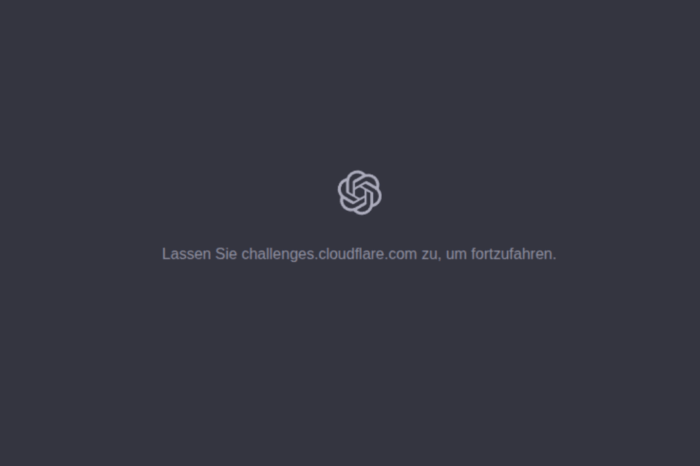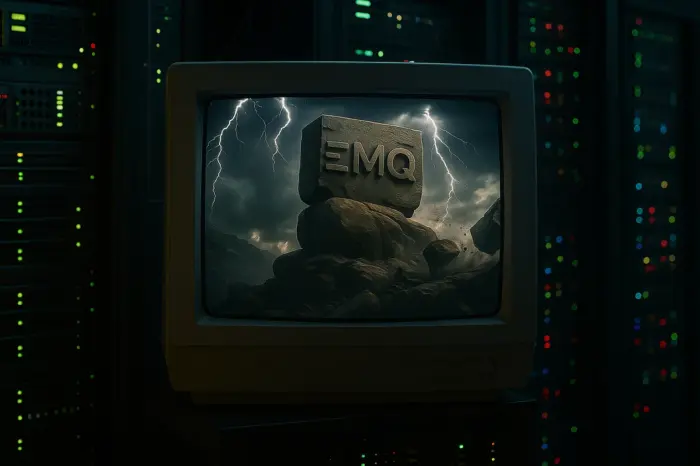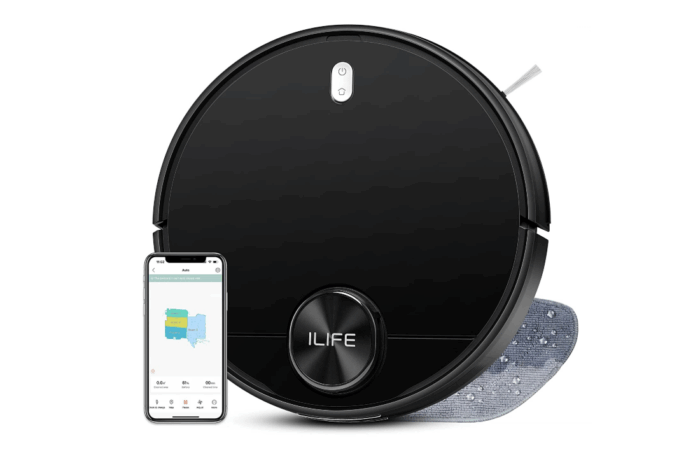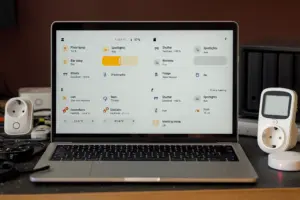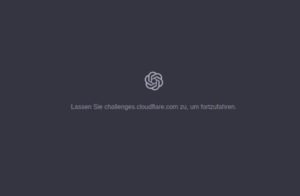AWS Outage: When Your Smart Mattress Turns Up the Heat on You
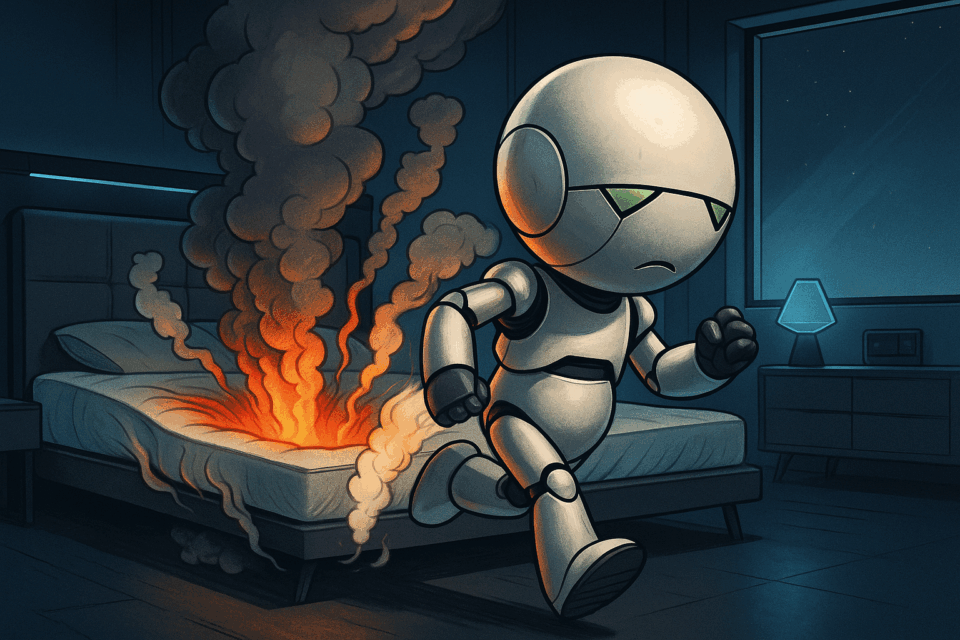
I had promised myself not to write yet another article from the “Internet of Trash” category, lamenting how helpless we all are when the cloud goes down. But fate had other plans: On October 20, 2025, a large-scale outage of the AWS Cloud demonstrated how vulnerable the Internet has become to a single disruption. Ironically, resilience against individual failures was once the very foundation of an indestructible communication network.
The idea of the Internet originated from the political circumstances of the Cold War in the late 1960s. The goal was to create an indestructible communication network that could survive even a nuclear strike — with decentralized network nodes capable of transmitting messages even if individual sites were destroyed.
For many years, this decentralized network worked remarkably well. But with the rise of modern cloud services and the growing centralization of digital infrastructure around a few large providers, the Internet has entered a dangerous phase.
Today, anyone offering a cloud-dependent service — whether streaming, online banking, office and communication tools, gaming, or image and video processing — usually relies on just three global providers: Amazon (AWS), Microsoft (Azure), and Google (GCP). These three companies control nearly two-thirds of the global cloud infrastructure (AWS 30%, Azure 20%, Google 13%), while the remaining 37% are shared among providers like Alibaba Cloud, Oracle, IBM, Tencent, and smaller specialists. When one of these giants fails, the impact immediately ripples across critical infrastructure worldwide.
Many governments and public institutions also rely on convenient cloud-based office solutions and would be directly affected by an outage — whether caused by an accident or an intentional shutdown. This dependency cannot be in the best interest of users. Yet so far, there has been blind faith that everything will always work — a fatal assumption, as October 20, 2025, made abundantly clear.
AWS Outage: When Your Smart Mattress Cooks You
On October 20, 2025, at around 7 a.m. GMT, several core services in the AWS US-East-1 region (Northern Virginia) suddenly went offline. The cause was a DNS resolution error primarily affecting Amazon DynamoDB, which in turn disrupted countless dependent applications. As a result, widely used platforms such as the messenger app Signal, the Amazon Smart Home service Ring, social platforms like Snapchat, games like Fortnite, learning platforms like Duolingo, and the design software Canva experienced hours-long disruptions. The trading platform Robinhood and the Lloyds Banking Group (Bank of Scotland, Halifax) were also affected.
A particularly bizarre consequence of the AWS outage was experienced by customers of the New York mattress manufacturer Eight Sleep. The “smart” mattress “Pod,” which features a built-in heating function, works exclusively with an Internet connection. As a result of the outage, the mattresses could no longer be controlled, overheated, and warped on the beds.
Douglas Adams Was Right: We Are Bonkers
A high-priced mattress starting at around $3,000 with a monthly subscription fee starting from $17 literally cooked its global customers because a server somewhere in the U.S. was misconfigured. We have truly arrived in the world of “The Hitchhiker’s Guide to the Galaxy.” Douglas Adams could not have described this kind of product madness any better in his legendary science fiction series.




